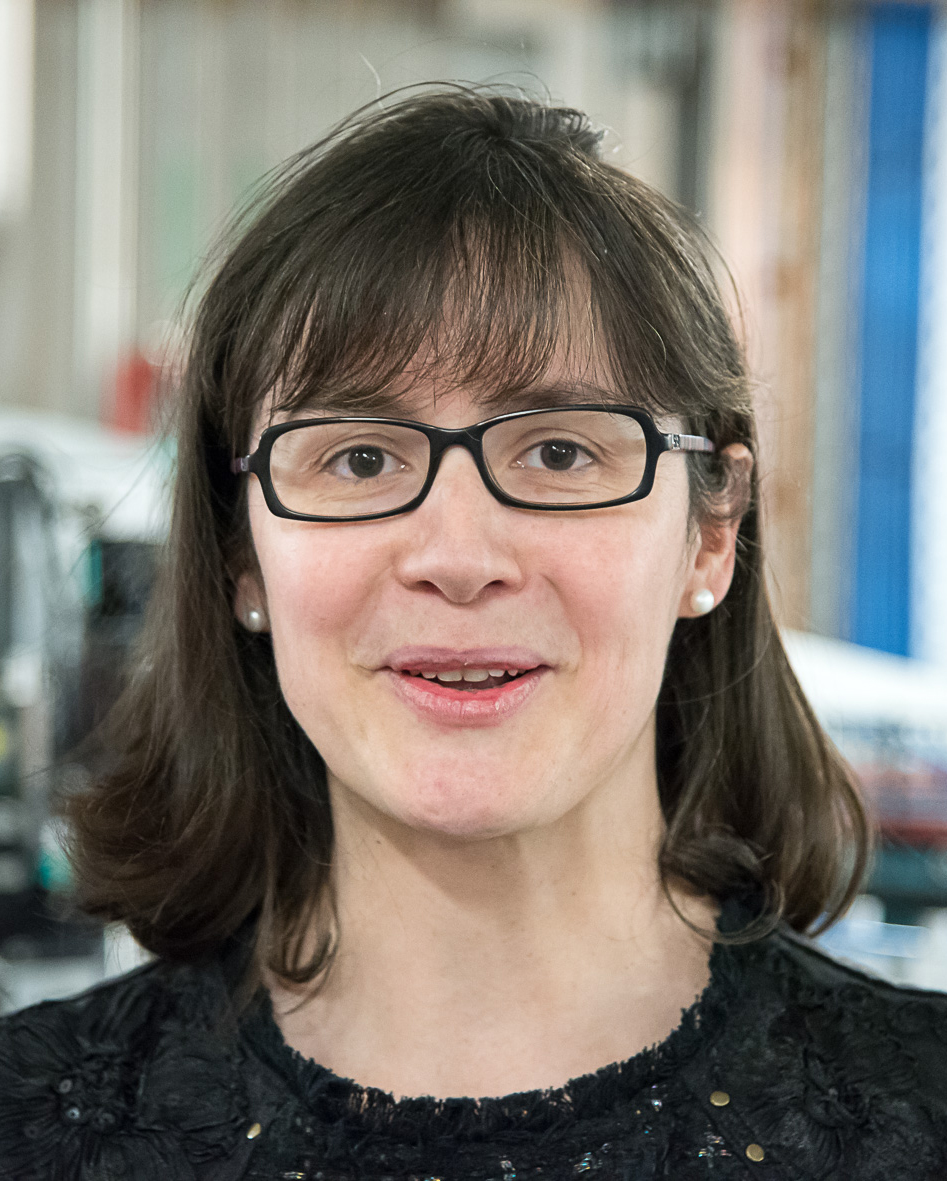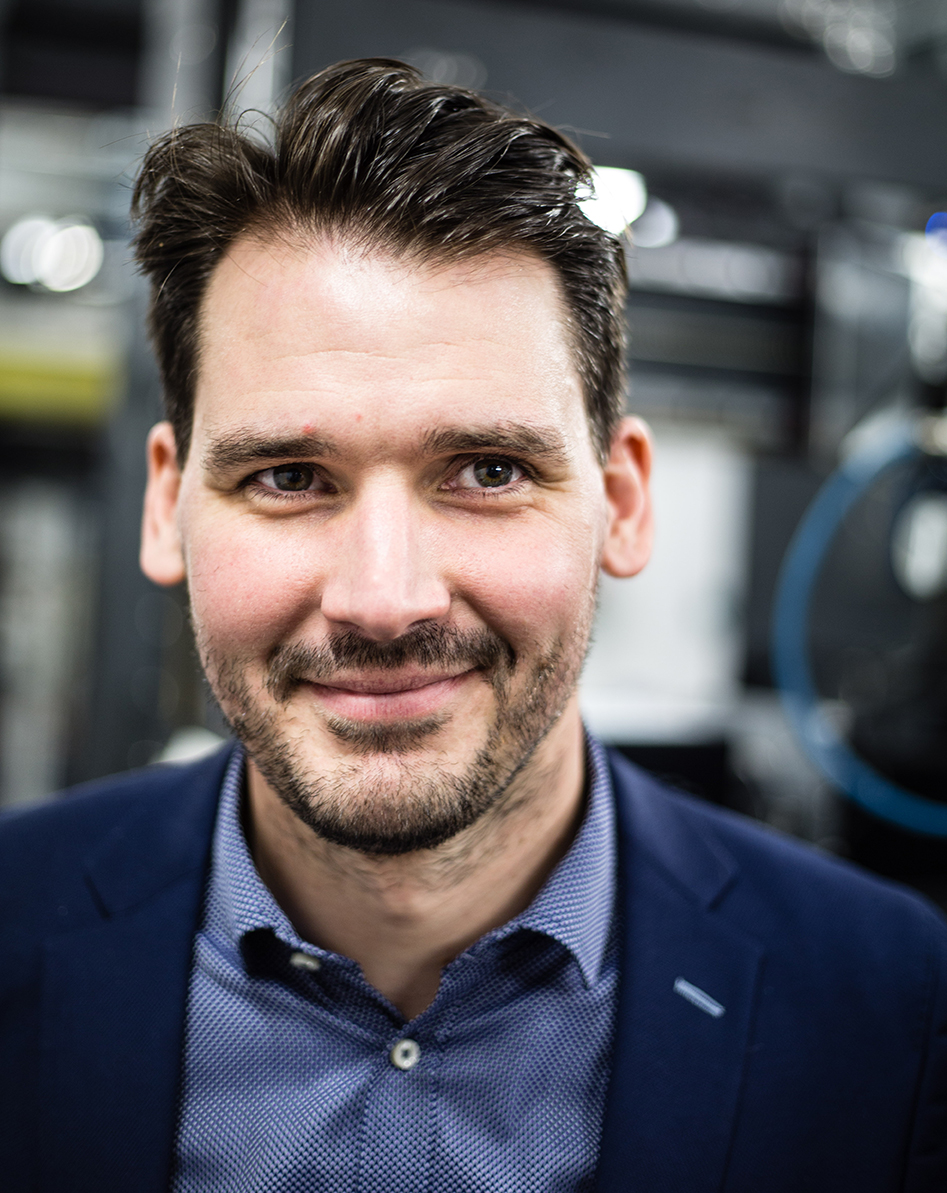- Home
- News
- General News
- ESRF to benefit...
ESRF to benefit from two ERC grants
20-12-2018
Marie-Ingrid Richard and Hugh Simons, visiting scientists at the ESRF, have been awarded research grants from the European Research Council (ERC), for research to be carried out at the ESRF.
Share
The ERC grants are awarded under the 'excellent science' pillar of Horizon 2020, the EU's research and innovation programme. They benefit early-career researchers or scientists wanting to consolidate their research in a wide range of topics and covering all disciplines. The maximum grant awarded is worth €2 million for a period of 5 years.
Marie-Ingrid Richard is an associate professor and a nanomaterials researcher from the Institut Matériaux Microélectronique Nanosciences de Provence, Aix-Marseille University and visiting scientist at ID01. In November, she was awarded a consolidator grant of around €1.9 million from the ERC to develop coherent X-ray diffraction to explore nanostructures, focusing on catalysis and interfaces.
Nanoparticles face significant challenges in achieving high catalytic activity and sufficient durability. A key problem has been that all existing approaches for the characterization of phenomena at the atomic scale lack structural specificity and they use very unrealistic catalytic environments. Marie-Ingrid’s project, called CARINE, aims to study, in situ and operando, the structural evolution of catalytic nanoparticles under realistic conditions.
“It’s very exciting to be the recipient of an ERC grant and it will allow me to carry out research with a reinforced team studying and gaining more insight into nano-catalysts in gas or liquid environments using a technique known as Bragg coherent X-ray diffraction. In addition, knowing that we will be among the first to take advantage of the unique opportunity offered by EBS to improve both spatial and temporal evolution is extremely motivating,” says Marie-Ingrid.
For Jean Susini, ESRF Director of Research, the award of a consolidator grant to Marie-Ingrid Richard for research to be carried out on ID01 shows the confidence of the scientific community in the new opportunities for research that will be made possible with EBS: “We are delighted that Marie-Ingrid will be able to pursue and develop her research at the ESRF, this grant is not only the recognition of the quality of her research but also a recognition of the key importance of EBS in the success of her project. It’s a strong sign from the community and we are all excited by the new prospects that are coming into place right now.”
Hugh Simons is a materials researcher at the Technical University of Denmark and a user on ESRF’s ID06 beamline. In July this year, he was awarded an early career researcher starting grant of €1.5 million from the European Research Council for 3D Piezoresponse X-ray Microscopy. He is helping to develop the new technique of dark-field microscopy at the ESRF and the grant will enable him to build a research team to investigate electrical activity in materials in operation and develop a new method using the unique enhanced performances of EBS.
“The technique I am developing is based on the new capabilities that will be made available with fourth generation synchrotrons like EBS, and in a lower energy range, Max IV. The technique will make it possible to investigate materials and examine their structures in a way completely different to what is available today. Through the use of advanced software, it will enable us to exploit data from the microscopes to investigate what happens inside electronic materials while they are in operation, for example how the materials inside a battery affected when the battery is charged,” says Hugh.
Hugh Simons would like to see his technique systematically offered to researchers when they use one of the fourth generation synchrotrons, and he hopes it will have an impact on materials research by opening up new fields of exploration.
"Hugh has been a regular visitor to the ESRF since 2013 as part of the DTU team and we are extremely pleased to see that this collaboration is set to continue well into the future. Dark-field microscopy, which grew out of an ERC advanced grant awarded to Prof. Henning Poulsen (DTU) in 2011, holds a lot of promise. One of the 4 EBS flagship projects, EBSL2, will deliver a dedicated hard X-ray diffraction microscopy beamline. It will allow scientists to track structural dynamics across multiple length scales in real-time, with much improved time and spatial resolution” says Harald Reichert, ESRF Director of Research for physical sciences.
Text by Kirstin Colvin
Top image: Inside the experimental set-up at the ESRF's ID01 beamline. © Stef Candé





